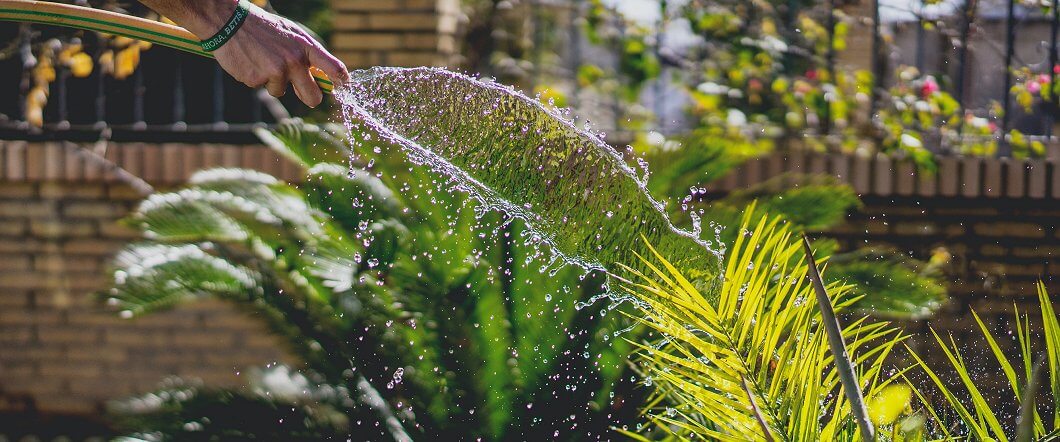If you use water for plants, vegetation, gardens, lawns, or trees—you’ll want to read this. Plus, it makes for a great cocktail party conversation—whenever that starts again!
You’ve heard about the Law of Unintended Consequences, right? That’s when you do something good for one reason and find out too late that it’s doing something else that’s not so good.
This phenomenon brings us to desalinization, of which there are over 20,000 facilities worldwide, primarily in the Middle East and California, South Africa, Australia, and Israel. They are sucking in seawater and removing the salt to make it drinkable for humans, suitable for agriculture (and to keep the deserts green with golf courses).
From the US Southwest to China, more than 300 million people get their water from desalinization plants. That’s the equivalent of nearly 200 million households; who knows how many gardens or lawns!
There are two types of desalinization plants. Older ones operate thermally to boil the seawater and recapture the salt-free vapor. Newer ones work by forcing seawater under tremendous pressure through a series of membranes to strain out the salt and sea life.
Yes, both produce potable water at great cost, but both produce vast amounts of brine, which is the stuff left after they remove the freshwater. So, what happens to the brine? Far too often, it gets pumped right back into the ocean. Because it’s heavier than seawater, it sinks to the bottom, covering the ocean floor with a super salty slime that’s terrible news for ecosystems, plunging oxygen levels. Measured by scientists, this brine is 50 percent higher than previous estimates, and as they build more desalinization plants, the problem’s only going to worsen.
So the good news is water to keep all things that grow (including people) alive; the bad news is all that slimy brine and the ugly damages the ecosystems.
What’s the answer? Well, we can’t stop watering the things that grow in the soil (hopefully screened with an EZ Screen portable plant), but we are finding ways to build cheaper, more energy-efficient desalinization plants. One way is to dilute the brine with seawater to make it less toxic. But we’re also finding that brine contains a wealth of beneficial precious minerals, such as uranium. So, we’re looking at this as a revenue stream.
Yes, the world needs more and more clean water for drinking and agriculture. But the world also needs salt to protect our highways from winter ice and for our aircraft to fly with de-iced wings.
Just so long as we get more good from desalinization and less bad and ugly.





Leave a Reply